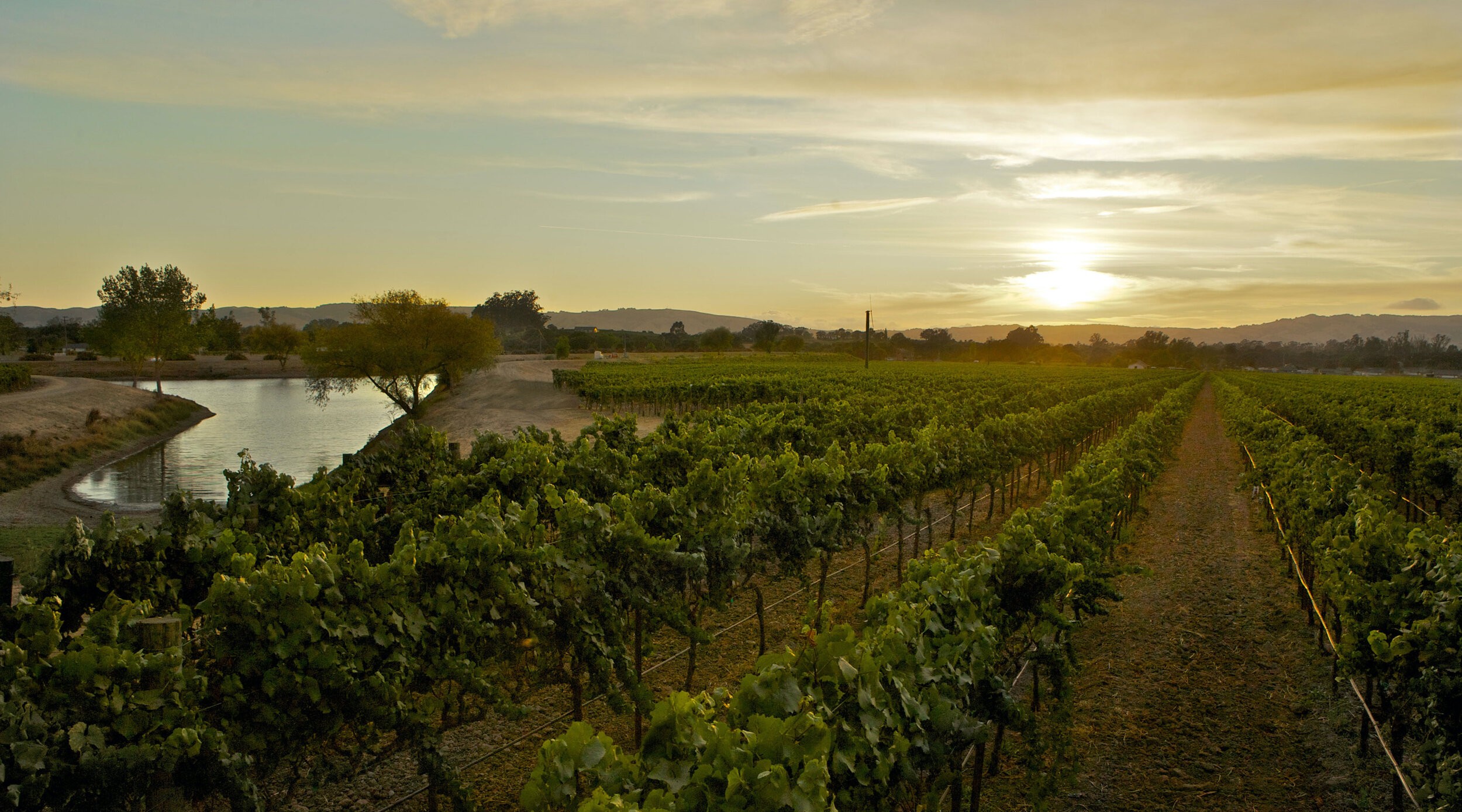
America's chardonnays have come of age, and some of the best are from the Carneros AVA which straddles Napa and Sonoma counties in California.
Some of the best American chardonnays we've tasted in the last year have come out of an American Viticultural Area (AVA) shared by Napa and Sonoma counties in California, just above San Pablo Bay. You probably already know it: Los Carneros.
The success of chardonnay produced in Carneros can be attributed to both terroir and clonal selection, alongside growing and winemaking decisions. Its proximity to San Pablo Bay gives this southern Napa/Sonoma region a cool, windy mesoclimate. In contrast to sheltered regions of the valley further north, there is little protection from the Pacific Ocean and its cold, wet winds, resulting in the foggy mornings so particular to Carneros.
Coastal influence, fog and wind varies in different subzones. Tor Kenward, owner and winemaker of Tor Wines, prefers sites that “are in some way exposed to these winds, for they are cooler sites than those that are protected.” Sites closer to the coast are also more humid and thus more prone to mildew pressures and to botrytis later in the growing season. This in turn influences vineyard management.
For instance, grapes in Newton Vineyard’s Carneros Beckstoffer Lake Vineyard are grown in a more open canopy to relieve disease pressure, resulting in ripe grapes that retain natural acidity. The region overall, according to Alberto Bianchi, head winemaker of Newton, is “where we get the backbone of freshness, the tightness” compared to the roundness contributed by fruit from Rutherford and warmer areas in Napa Valley.
The soils also play a significant role in terroir. Carneros' deep soil, in many cases water-retaining clay, creates an environment where plants undergo less hydric stress that is common throughout the valley.
